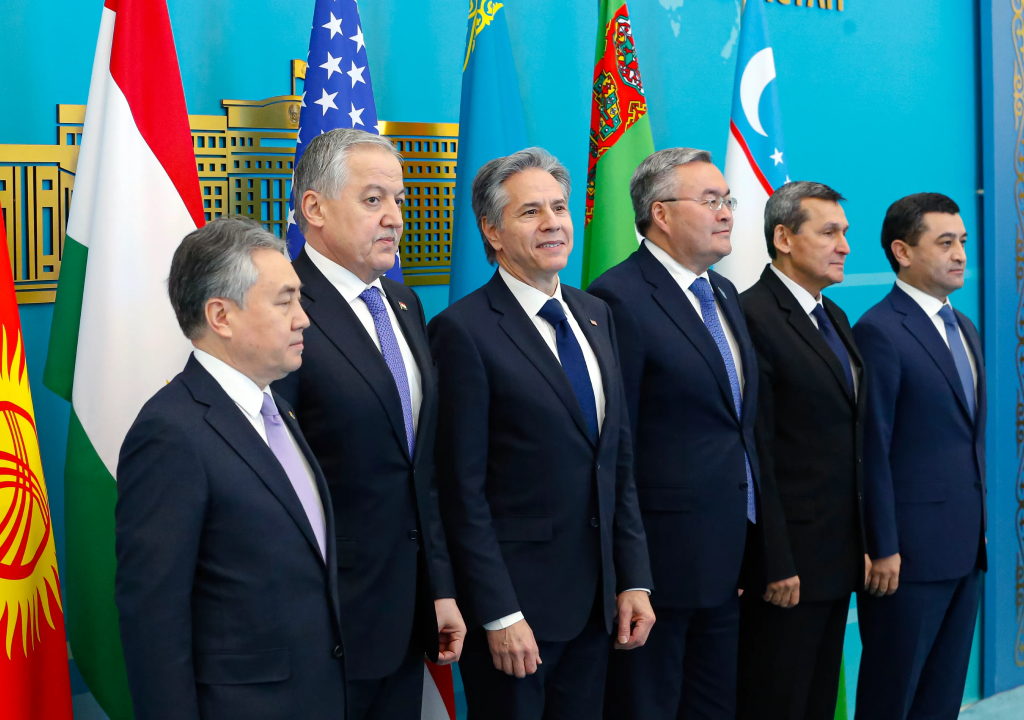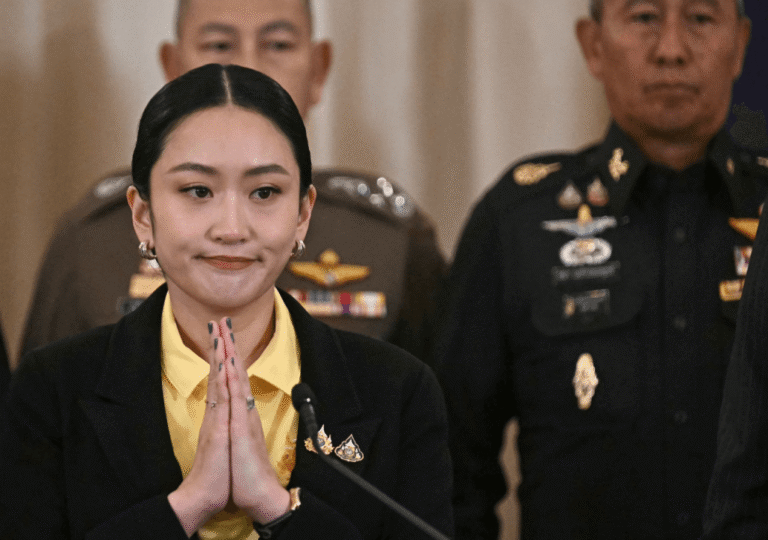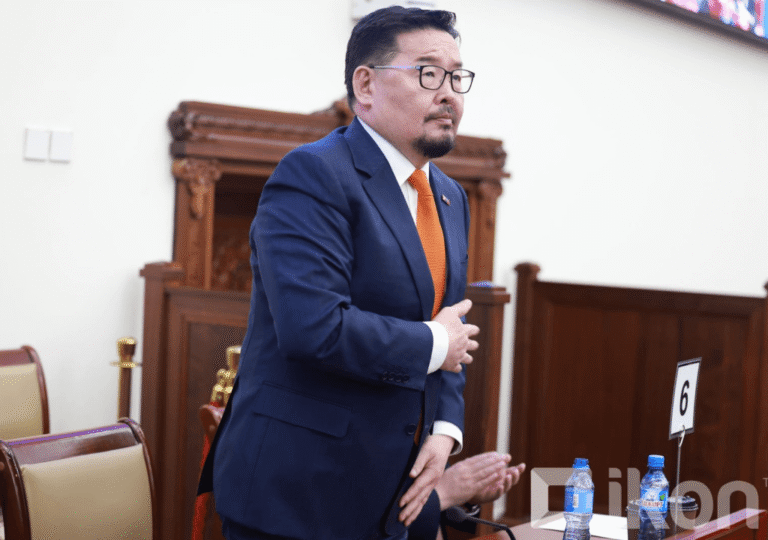Once firmly ensconced within Russia’s sphere of influence, Central Asia is now slowly stepping out of its shadow. Despite possessing vast economic potential, abundant geographical resources, and significant opportunities for tourism, the region had been reluctant to liberate itself from the iron grip of the Soviet era. However, as Russia’s influence diminishes and Central Asian nations strive to assert their own identities, they are increasingly seeking collaboration with other global actors.
China has made notable strides, participating in diverse agreements like the Belt and Road Initiative and embarking on infrastructure and mining ventures. India, an emerging economic force, similarly seeks to tap into Central Asia’s mineral resources to satisfy its expanding needs, resulting in numerous accords. Under Erdogan’s leadership, Turkey has rekindled its focus on the Turkic identity and is deepening its engagement in the region. Saudi Arabia expresses interest, while Iran sustains its presence.
Despite these shifts, the United States, a major player in global politics, has not significantly intervened in the region, largely deferring to Russian authority. Central Asian leaders have also distanced themselves from the United States to maintain favor with Russian rulers. However, as Russia’s supremacy is challenged with the incidents such as the Ukraine conflict and increasing alignment of neighboring countries with the United States, both Central Asia and the U.S. see an opportunity for closer ties and market exploration in the region.
The United States is initiating a strategic effort, akin to stringing pearls, to unify all Central Asian nations into a cohesive network of collaboration. They initiated B5+1, a diplomatic platform for Central Asian countries (Kazakhstan, Kyrgyz Republic, Tajikistan, Turkmenistan, Uzbekistan) and the U.S.. Following its inaugural Forum, the group is placing emphasis on five priority industries and outlining specific actions necessary to expedite regional integration and economic growth in Central Asia. Attendees at the March 2024 Forum in Almaty, Kazakhstan, included business leaders, investors, experts, and policymakers from the region and various other nations. The role of the United States in this initiative is that of a facilitator, anticipating that Central Asian states will lead efforts to integrate the region’s economy through robust public-private partnerships. Furthermore, the involvement of the private sector is deemed essential in shaping the process.
the United States laying a sturdy groundwork for potential success. Central Asian governments are responding positively to the plan. The objective of the primary forum was to foster discussions aimed at dismantling trade barriers hindering outside investment and fostering a regional market. This objective has been successfully realized. Interest from regional governments in developing the B5+1 initiative appears robust, with Kyrgyzstan and Uzbekistan reportedly vying to host the forum next year.
The Kazakh government, the biggest player in the region, has shown immense support for the initiative. During the closing remarks of the initial B5+1 forum, held in Almaty from March 13-15, Kazakh First Deputy Minister of National Economy Timur Zhaksylykov expressed the government’s willingness to collaborate with the private sector in enhancing trade prospects, particularly in sectors like agribusiness and e-commerce. They also expressed a commitment to working towards the development of a unified regional market.
During the Almaty forum, private sector representatives issued a statement expressing their commitment to coordinating efforts aimed at enhancing trade, transit, and investment facilitation. Additionally, they pledged to work towards harmonizing regulations in key industries beyond the dominant energy and extractive sectors, which have traditionally attracted the majority of Western investment in the region. The B5+1 initiative has identified five economic sectors for prioritized development: trade and logistics, agribusiness, e-commerce, tourism, and renewable energy. Areas where the United States can pump their interest and money.
They also addressed the immediate need to establish a regional chamber of commerce to advocate for economic integration. One common priority identified across all sectors is the development of transnational mechanisms to harmonize regulatory and customs frameworks. One suggestion is the development of a standardized digital CMR, allowing for the smooth movement of truck-borne goods across borders through electronic contractual documentation. Currently, many customs procedures lack digitalization. Another recommendation advocates for the removal of visa requirements for truck drivers engaged in import-export activities. Additionally, to boost tourism, the B5+1 proposes the adoption of a Schengen-like tourism visa, enabling tourists to freely explore the five regional states.
Despite the promising start of the B5+1 initiative, numerous challenges persist. In a region where authoritarian governance often shapes policy, the extent to which officials are willing to relinquish control to private sector entities remains uncertain. Moreover, the private sector’s capacity in areas like policy development and advocacy is largely untested. Previous attempts to enhance regional economic integration have faltered, and the promotion of a unified Central Asian market conflicts with the interests of Russia and China.
However, if the B5+1 maintains its momentum, the envisioned outcome is a well-regulated and efficient single market that attracts significant Western investment. Under the B5+1 vision, integration can safeguard the individual sovereignty of each Central Asian state, bolstering their resilience against political and economic pressures from neighboring and external actors.
Supporters of the US-led B5+1 process acknowledge Washington’s intention to enhance its influence in Central Asia but emphasize a significant contrast between this approach and those of Russia and China. The strategy of the B5+1 aims to organically expand American influence in the region, employing methods that fundamentally differ from those employed by Moscow and Beijing.
Cooperation with the United States economy holds paramount importance for any nation’s success. From bolstering foreign reserves to attracting significant business investments, reliance on the dollar and partnerships with the United States permeate various aspects of economic development. And here, collaboration talks extend beyond financial realms, encompassing areas like travel visas, currency agreements, legal frameworks, and trade tariffs, all contributing to creating a highly competitive environment for investments in partner countries. Indeed, intensified cooperation between the United States and their allies in Asia like Saudi Arabia holds the potential for increased investment and developmental strides in the region.
Moreover, as companies engage in collaborative ventures, the United States stands to gain allies in the region, countering the dominance sought by Russia and China over resource-rich nations. This collaborative approach not only mitigates the risk of monopolistic tendencies but also accelerates the realization of development aspirations in Central Asia. While Russia may attempt to maintain control through power dynamics, the path forward may not be without challenges. Nonetheless, for Central Asian nations and the United States alike, this presents an opportunity to foster economic growth and wield greater political influence in the Asian landscape.








